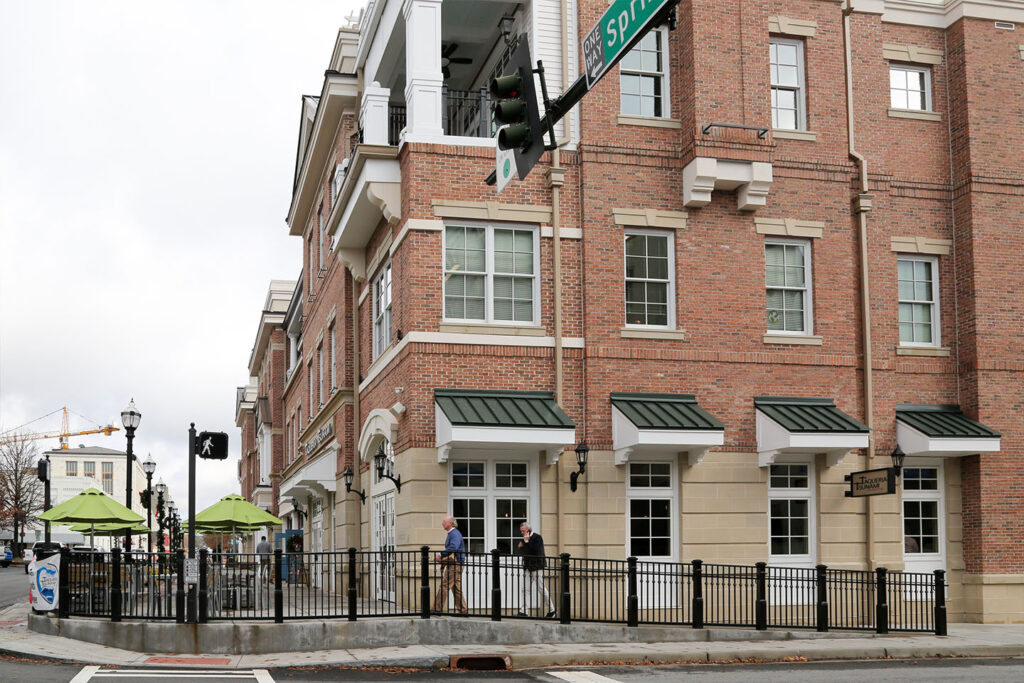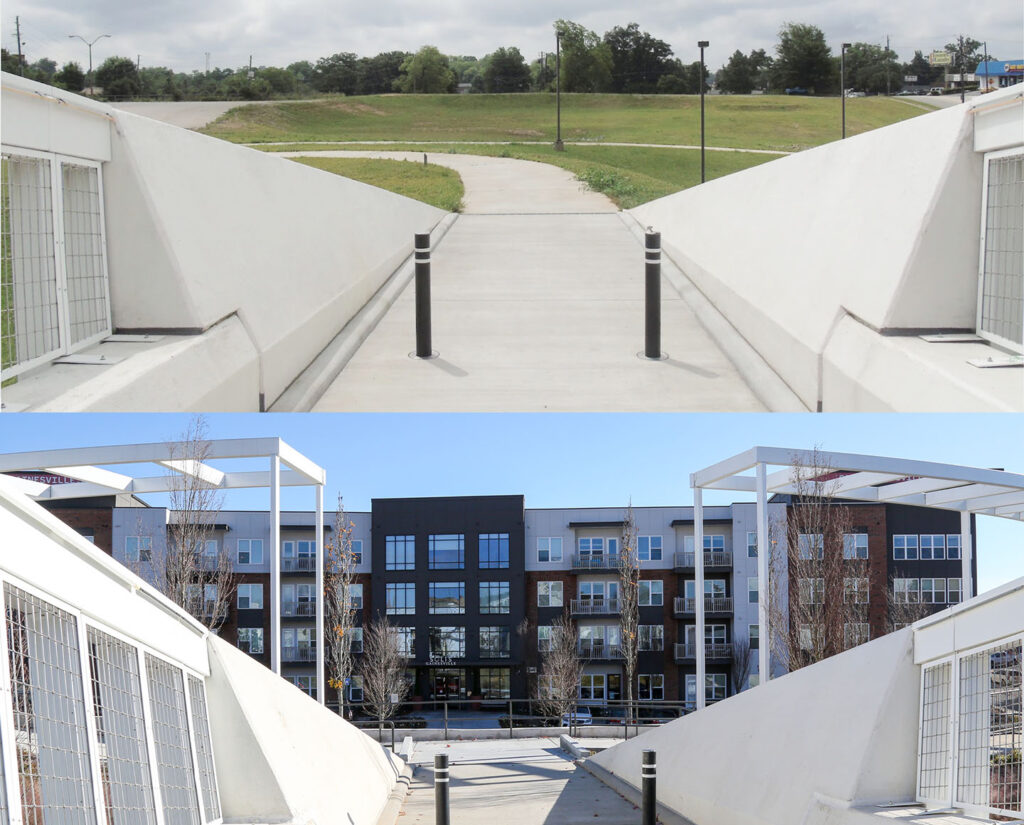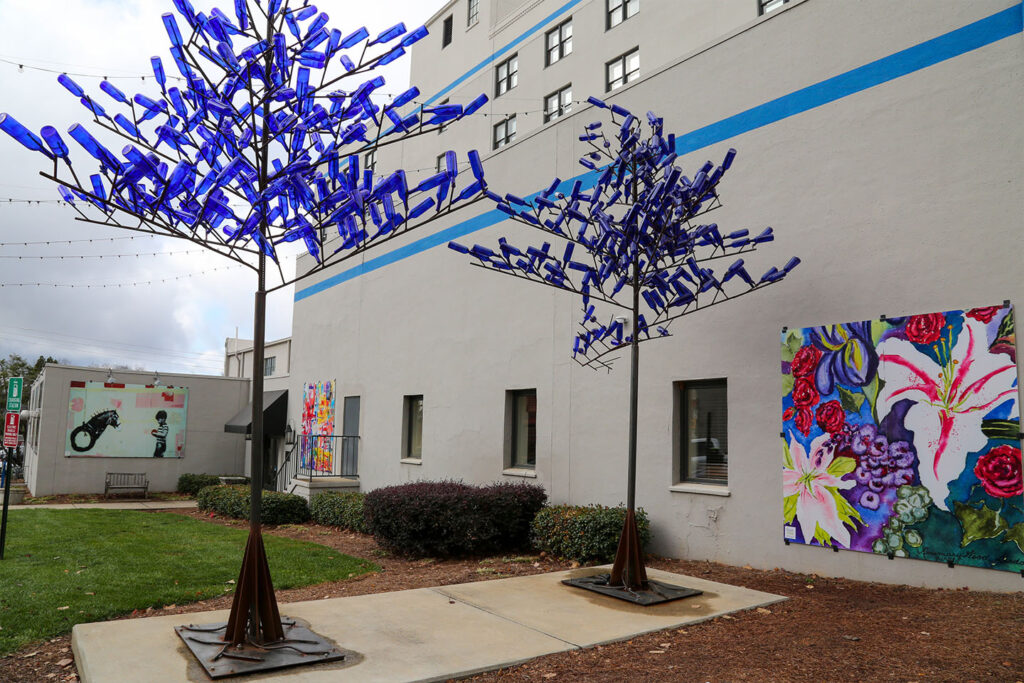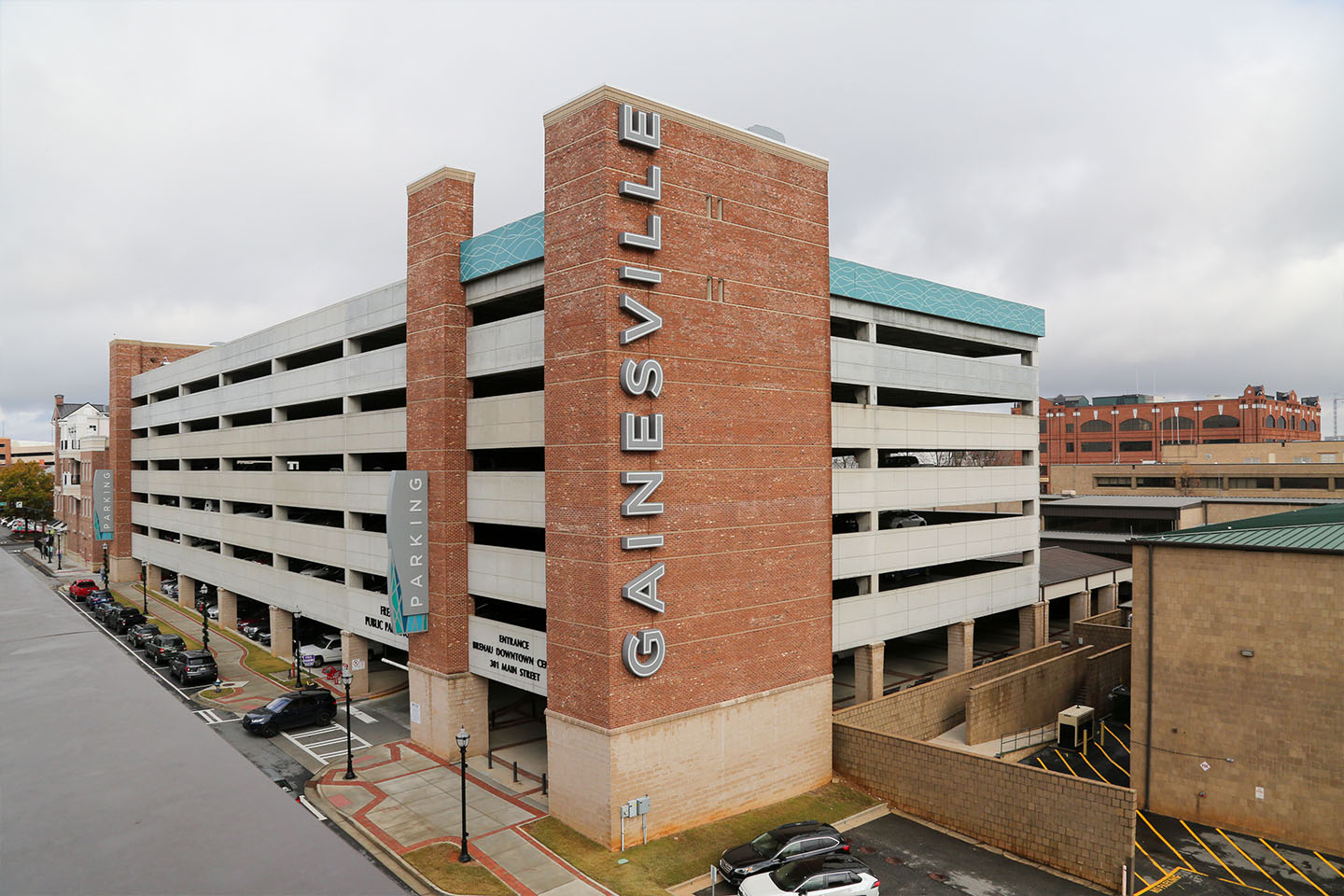It’s no secret that Gainesville, Georgia, is growing. With $318 million in private investment in downtown and the Midland area in just the last five years, the city is capitalizing on a unique strategic planning process developed by the University of Georgia Vinson Institute of Government.
Most recently, the area received $4.4 million in funding from the governor’s office to support projects in “A Vision for the Athens Street and 129 South Corridors,” a community-driven plan focused on increasing greenspace and connectivity released last year by the UGA Institute of Government.
The city of Gainesville and Hall County will receive $2.2 million each, part of an overall package of more than $225 million for 142 projects across the state, to improve neighborhood assets like parks, recreation facilities and sidewalks in communities disproportionately impacted by the pandemic.

It’s just the latest success in a relationship that began 10 years ago, when the city first sought expert assistance from the UGA Institute of Government for a master plan for its downtown. The resulting Downtown Gainesville Renaissance Strategic Vision and Plan (RSVP) set the tone for the city’s progress and remains a vital resource, said Rusty Ligon, community and economic development director.
“The visuals that they created for what could be in our downtown really help sell it to the community, whether it’s redevelopment or green space or streetscaping,” he said, noting that they’ve reprinted the 144-page manual three times.
Ligon says downtown Gainesville’s housing growth—approximately 800 new residential units have been built or undergone construction in the area since 2015—represents nearly $300 million in private investment and $25 million from public coffers.

Leaders credit the RSVP process with creating a “road map” driven by community buy-in and public investment to allow for such economic development.
“People have seen what we’ve done and said, ‘We’re going to match that; if you’re investing in the community here, we want to be there too,’” said Bryan Lackey, Gainesville city manager.
That philosophy aligns with current best practices in economic development that integrate the widely used Main Street approach (i.e., strengthening downtown or commercial districts) and placemaking, said institute faculty Danny Bivins, who co-developed and manages the RSVP program.
“Downtowns are the heart and soul of our communities. Making them more inviting, lively and functional is part of the formula for success in 21st-century economic development,” he said.
A shining example in Gainesville is Solis, a mixed-use development connected to downtown via a pedestrian bridge. After plans for commercial development on the 6.5-acre plot fell through, experts at the Institute of Government created a concept for a residential complex with green space and complementary retail.

“The city ended up acquiring the property a couple of years later and we attracted a developer to come in and do just what was in the plan,” Ligon said.
Since then, Solis has helped spur development in the surrounding area, known as Midland, including a second phase of the complex as well as single-family homes and parks, and a restaurant and concert venue slated to open this summer.
In addition to the visioning process, Gainesville benefits from a healthy partnership between government workers and elected officials, said Jessica Tullar, housing and special projects manager in the city’s community development department.
“We’ve been very blessed to have a level of continuity and consistency among existing council members,” she said. “They support, equip and empower us to do such things as the downtown master plan and additional visioning plans, and then get behind us to start helping make implementation a reality.”
One of the biggest champions of the UGA partnership and the RSVP process is Danny Dunagan, current Ward I representative on the city council and former two-term mayor of Gainesville. He said the best thing about his hometown’s progress is its steady, selective pacing.
“We’ve controlled some of our growth and made sure it was good growth. The city council and county commissioners work well together because we know what’s good for Gainesville and Hall County. We’re all in this together,” he said.


